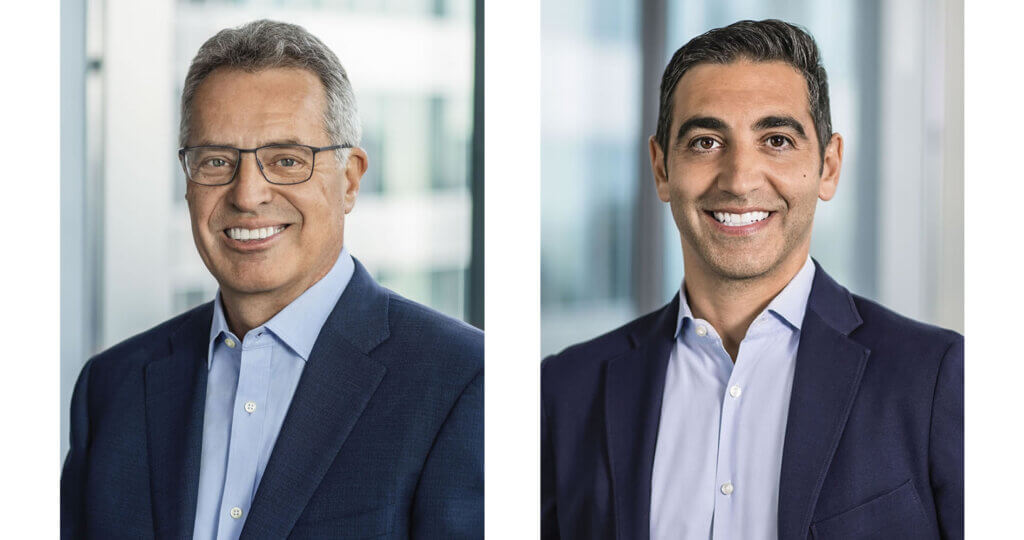Oakmark Fund - Investor Class
Average Annual Total Returns 12/31/12
Since Inception 08/05/91 12.34%
10-year 7.82%
5-year 6.16%
1-year 20.97%
3-month 2.99%
Gross Expense Ratio as of 09/30/12 was 1.03%
Past performance is no guarantee of future results. The performance data quoted represents past performance. Current performance may be lower or higher than the performance data quoted. The investment return and principal value vary so that an investor’s shares when redeemed may be worth more or less than the original cost. To obtain the most recent month-end performance data, view it here.
The Oakmark Fund increased 3% for the past quarter, compared to an unchanged S&P 500 Index. For the full year of 2012, Oakmark Fund increased 21%, compared to 16% for the S&P 500 Index. We are very pleased with those results and hope you are, too.
The quarter’s best performer, and because of that performance, now our largest position, was Bank of America, up 32%. Next best was Delphi Automotive, up 23%. Throughout the year, we have believed that the most undervalued stocks were those that had some exposure to economic cyclicality. We don’t ever wake up in the morning saying, “Boy, I wish our portfolio had more cyclic risk.” However, when investors price cyclic businesses at very large discounts to stable businesses, we are more than happy to be bargain purchasers. The businesses of Bank of America and Delphi are expected to perform better in strong economies. Both were selling at what we considered to be bargain prices relative to our estimate of their “normal” earnings. Despite the significant increases in their stock prices, both continue to sell at what we consider to be attractive valuations.
Our worst performer in the quarter was Apple, down 20%. Last quarter, I explained how our holdings in Apple actually hurt our relative performance, even though the stock had produced outstanding returns. Because our Apple weighting was only half that of the S&P 500 Index’s, Apple contributed more to the index than to our portfolio. The reverse was true this quarter. Apple performed poorly, but because our weighting was less than the S&P 500 Index’s, Apple actually helped our relative performance. Our weighting in Apple is based on our assessment of its attractiveness, not its market cap. We believe Apple is priced very cheap relative to its current level of earnings. If we were confident that its current earnings were sustainable and that its management would distribute those earnings to shareholders via dividends or share repurchases, we would increase our weighting.
We eliminated two holdings during the quarter, eBay and Time Warner. Both were very successful holdings for the Fund and were sold because their stock prices appreciated to levels that we believed were appropriate. We added one position during the quarter, Halliburton.
Halliburton (HAL-34)
Halliburton is the world’s second-largest oil service contractor. It has a high and growing market share in most of its business lines, and its markets are growing. In 2011, the stock peaked at $58. Its price has fallen due to concerns about a short-term spike in raw materials costs and slower growth in North American pressure pumping, an important market for Halliburton. The shale drilling boom in North America has been especially good for providers of pressure pumping services, a market Halliburton has dominated. The recent slowdown in pressure pumping growth was caused by energy producers responding to lower natural gas prices. If gas prices increase, as the futures market anticipates, drilling in oil shale fields should rebound, and demand for pressure pumping services should improve. While we wait, Halliburton is enjoying growth outside the United States, where it gets almost half of its revenue. Further, Halliburton is a strong free cash producer with an already strong balance sheet. After final settlement of its Macondo liabilities, which we expect to occur early this year, we believe the company will return more cash to its shareholders. Halliburton sells for about 8 times anticipated 2014 earnings plus amortization. Last year, it sold for more than twice that multiple. We believe a mid-teens price/earnings ratio would be more appropriate. We were pleased to have the opportunity to add this industry leader on terms that appear so attractive.
As of 12/31/12, Bank of America Corp. represented 3.1%, Delphi Automotive PLC 2.1%, Apple, Inc. 1.8%, eBay, Inc. 0%, Time Warner, Inc. 0%, and Haliburton Co. 1.0% of the Oakmark Fund’s total net assets. Portfolio holdings are subject to change without notice and are not intended as recommendations of individual stocks.
The S&P 500 Total Return Index is a market capitalization-weighted index of 500 large-capitalization stocks commonly used to represent the U.S. equity market. All returns reflect reinvested dividends and capital gains distributions. This index is unmanaged and investors cannot invest directly in this index.
The Oakmark Fund’s portfolio tends to be invested in a relatively small number of stocks. As a result, the appreciation or depreciation of any one security held by the Fund will have a greater impact on the Fund’s net asset value than it would if the Fund invested in a larger number of securities. Although that strategy has the potential to generate attractive returns over time, it also increases the Fund’s volatility.
Investing in value stocks presents the risk that value stocks may fall out of favor with investors and underperform growth stocks during given periods.
The discussion of the Fund’s investments and investment strategy (including current investment themes, the portfolio managers’ research and investment process, and portfolio characteristics) represents the Fund’s investments and the views of the portfolio managers and Harris Associates L.P., the Fund’s investment adviser, at the time of this letter, and are subject to change without notice.






